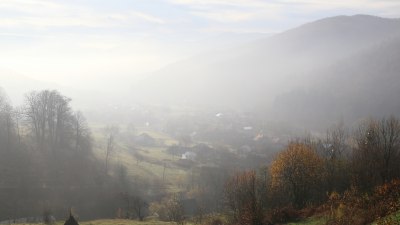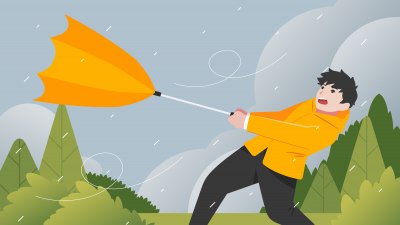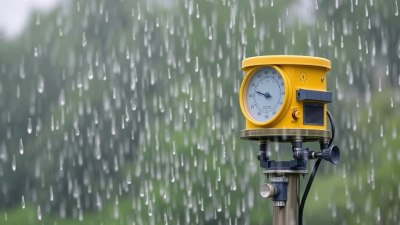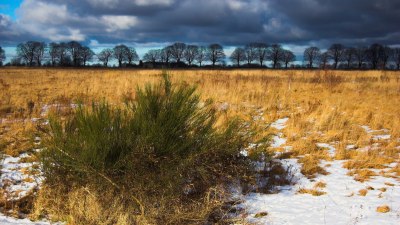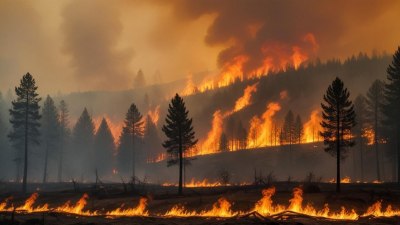How Changing Weather Affects City Life vs. Countryside Life
Explore how changing weather impacts lifestyles in both urban and rural settings, affecting health, economy, and daily routines.
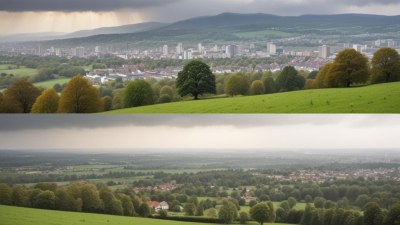
This image was created with the assistance of Freepik
Weather has always been a central factor influencing human life. In urban areas, changing weather conditions can lead to significant effects on daily routines, economic activities, and even health. Meanwhile, the countryside presents a different set of challenges and adaptations to changing weather. Understanding how these variations affect city life versus countryside life is essential for comprehending the broader impacts of climate change and weather fluctuations.
Urban Challenges: Adapting to Extreme Weather
Urban areas face unique challenges as they adapt to changing weather patterns. For instance, cities are often prone to heat islands, where built-up environments retain heat, leading to higher temperatures compared to rural areas. As global temperatures rise, the effects can be severe. Higher temperatures can lead to increased energy consumption as residents crank up air conditioning to combat the heat. Moreover, vulnerable populations, including the elderly, are at a higher risk of heat-related illnesses and mortality.
Flooding and Infrastructure
Heavy rainfall and severe storms are becoming more frequent due to climate change, leading to increased flooding in urban environments. Infrastructure such as roads, bridges, and public transport systems often struggles to cope with excessive rainfall, leading to traffic disruptions and economic loss. For example, in cities like New York and Miami, flooding has become a serious concern, with urban planners now factoring climate resilience into infrastructure projects. These disruptions are felt not just economically, but socially as communities grapple with the hardships of flooded homes and lives disrupted.
Impact on Mental Health
The relentless hustle and bustle of city life can exacerbate the psychological effects of changing weather. Prolonged gloomy weather conditions can lead to seasonal affective disorder (SAD) in urban dwellers, as the lack of sunlight can lower mood and energy levels. Coupled with the stresses of navigating through adverse weather conditions in crowded city spaces, the mental load can be significant. In contrast, individuals in the countryside, surrounded by natural beauty and open spaces, might experience a differing relationship with seasonal changes, often embracing the seasonal cycles.
Countryside Adaptations: Resilience through Nature
The countryside, while also affected by weather changes, tends to adapt differently. Farmers greatly depend on weather patterns for their livelihoods. With changing climate conditions leading to unpredictable weather, they must adapt their planting and harvesting schedules. Advanced farming techniques, such as crop rotation and the use of drought-resistant crops, are becoming increasingly vital for sustainable agriculture. The increased reliance on technology in farming also speaks to the adaptability of rural life in the face of climate change.
Community Connection and Resource Sharing
In rural areas, the connection to the land and the community can lead to enhanced resilience against weather fluctuations. Communities often come together during extreme weather events to support one another, whether through sharing resources or labor to recover from damages. This communal bond can be vital in a crisis, fostering an environment where collective action is prioritized for recovery. In contrast, urban residents may feel isolated during extreme weather events, as the impersonal nature of city living can hinder community response.
Natural Disasters: A Differing Impact
While both urban and rural areas face the threat of natural disasters, the effects may vary greatly. In cities, the concentration of people and infrastructure can exacerbate the impacts of floods, hurricanes, or wildfires. Evacuating city dwellers during a natural disaster can be complicated due to traffic congestion and limited exit routes. Furthermore, the economic implications can be massive, affecting industries and jobs, leading to a prolonged recovery period.
A Contrast in Resources
On the other hand, rural areas might be more susceptible to resource shortages during natural disasters. Access to emergency services, medical care, and supplies can be limited due to geographical barriers. However, rural communities often have a wealth of local knowledge regarding land management and survival skills, which can be beneficial during crises. This contrasts the urban environment, where reliance on technology and external resources is more pronounced.
Shifts in Employment Opportunities
Weather changes also significantly impact employment opportunities in both settings. In cities, industries such as construction and tourism can experience surges or declines due to seasonal changes. Alternatively, the agricultural sector in rural areas faces direct changes to productivity based on climatic conditions. As the demand for organic and sustainable farming increases, some rural communities may find thriving new markets, yet they also face challenges due to unpredictable weather patterns affecting crop yields adversely.
Climate Change Awareness and Actions
Awareness and advocacy regarding climate change are increasing, particularly in urban areas, where individuals have mobilized for climate action through various initiatives. Cities are implementing green infrastructure, such as expanding green spaces, promoting public transport, and investing in renewable energy sources to create a more sustainable environment. In contrast, while rural areas might be slower to adopt these innovations due to limited resources, traditional practices centered around land stewardship often align with sustainability goals. Practices such as organic farming and permaculture are gaining traction, showcasing the rural commitment to adapting to climate change.
Bridging Urban and Rural Divide
In conclusion, changing weather significantly impacts both city and countryside life, but the effects and adaptations can differ greatly. Urban residents face the challenges of infrastructure and social isolation while navigating extreme weather; rural individuals must contend with agricultural unpredictability and resource access. However, both settings exhibit resilience, with unique adaptations in response to weather changes. Bridging the urban-rural divide through shared knowledge and resources can enhance overall adaptability and create a united front in addressing the challenges presented by climate change.




